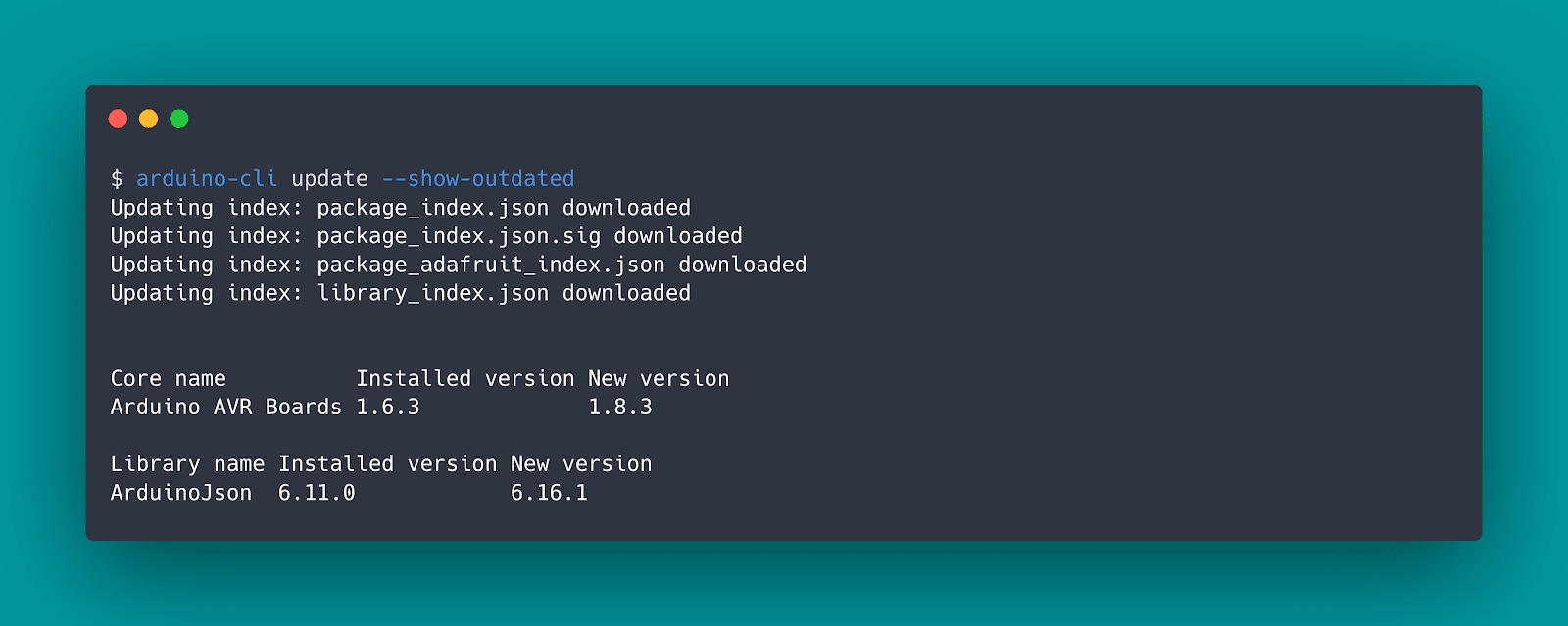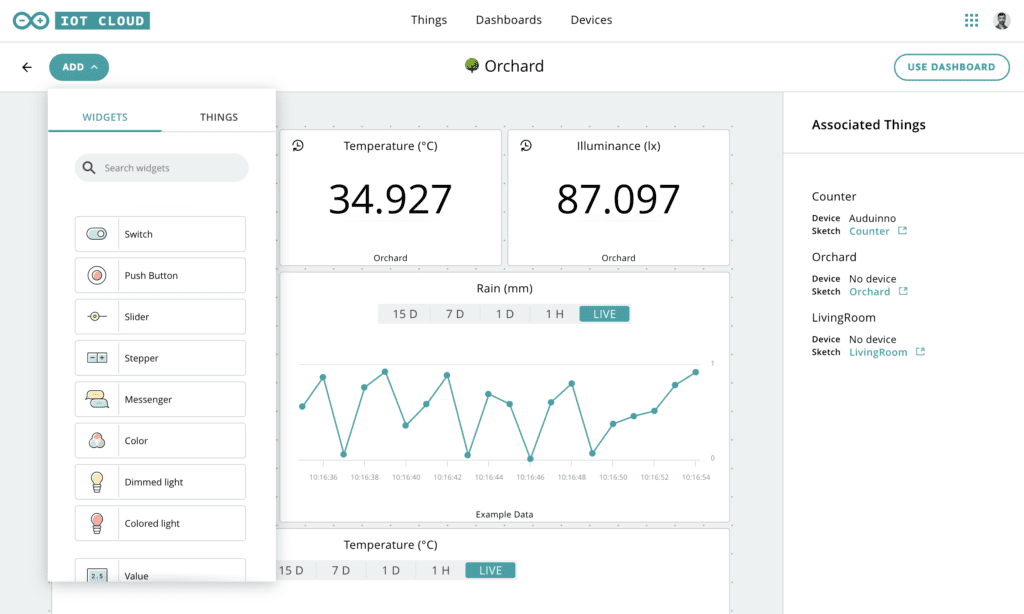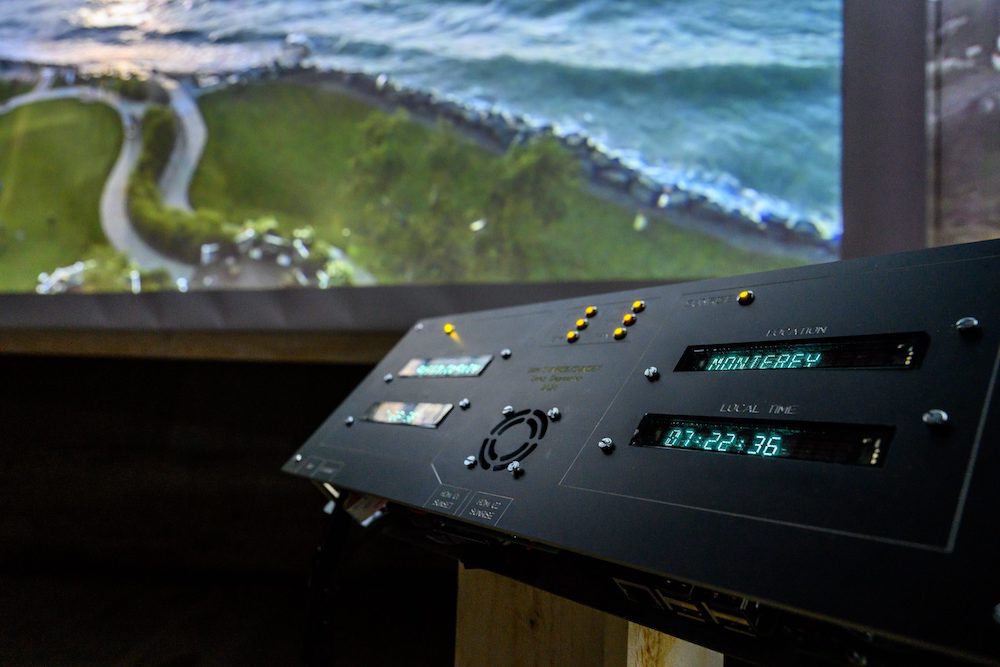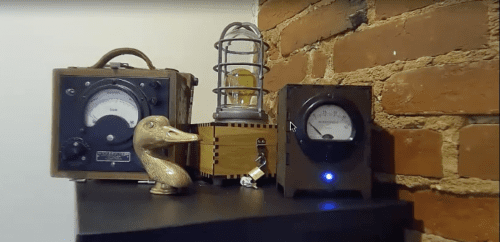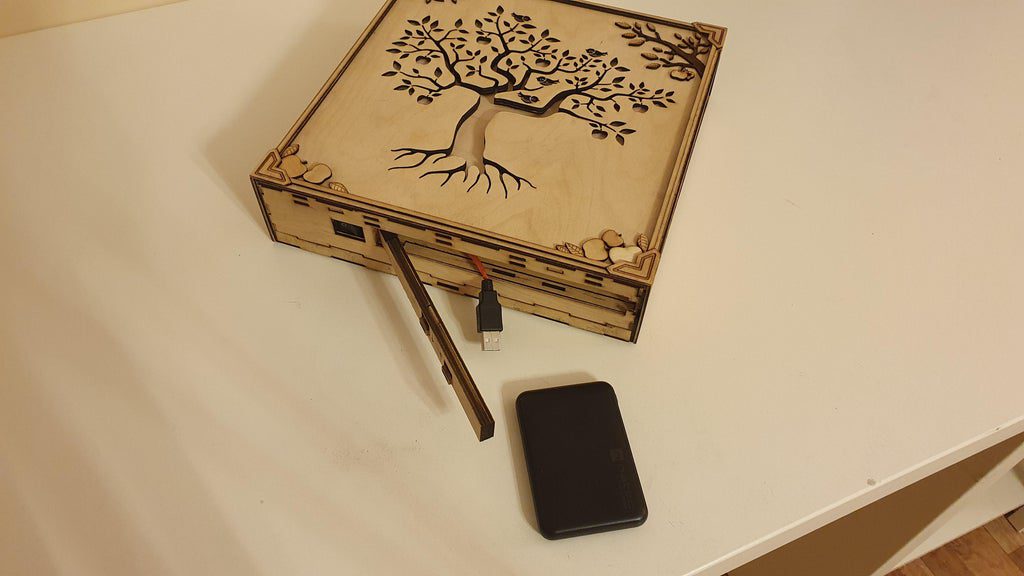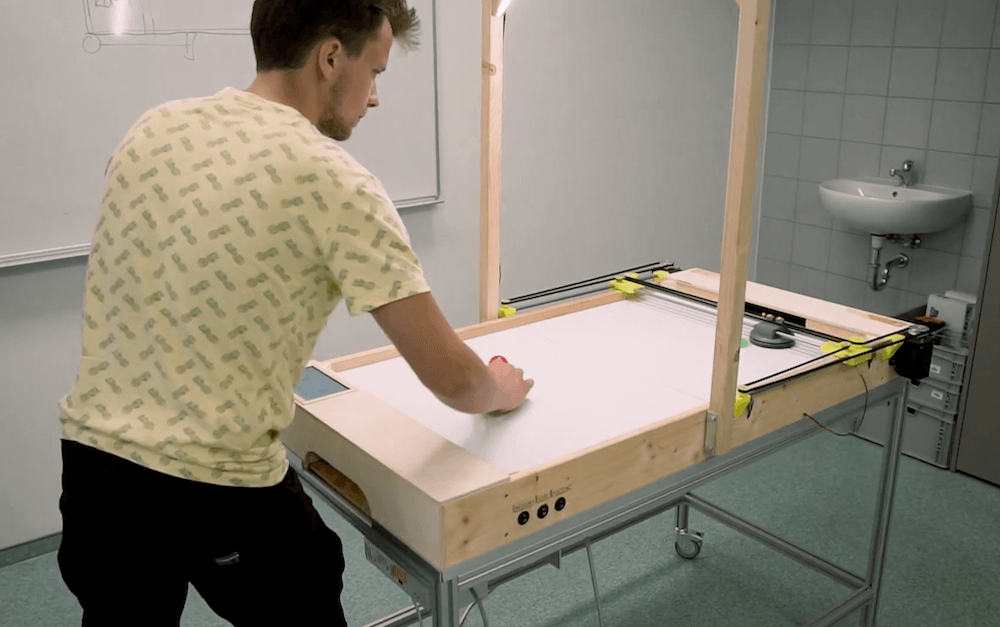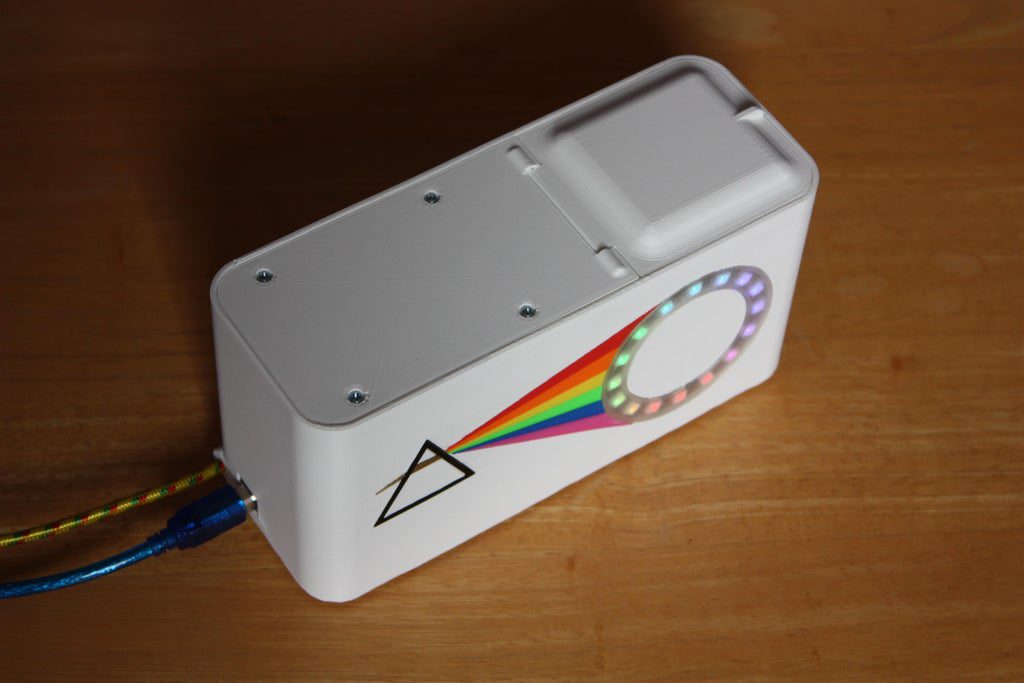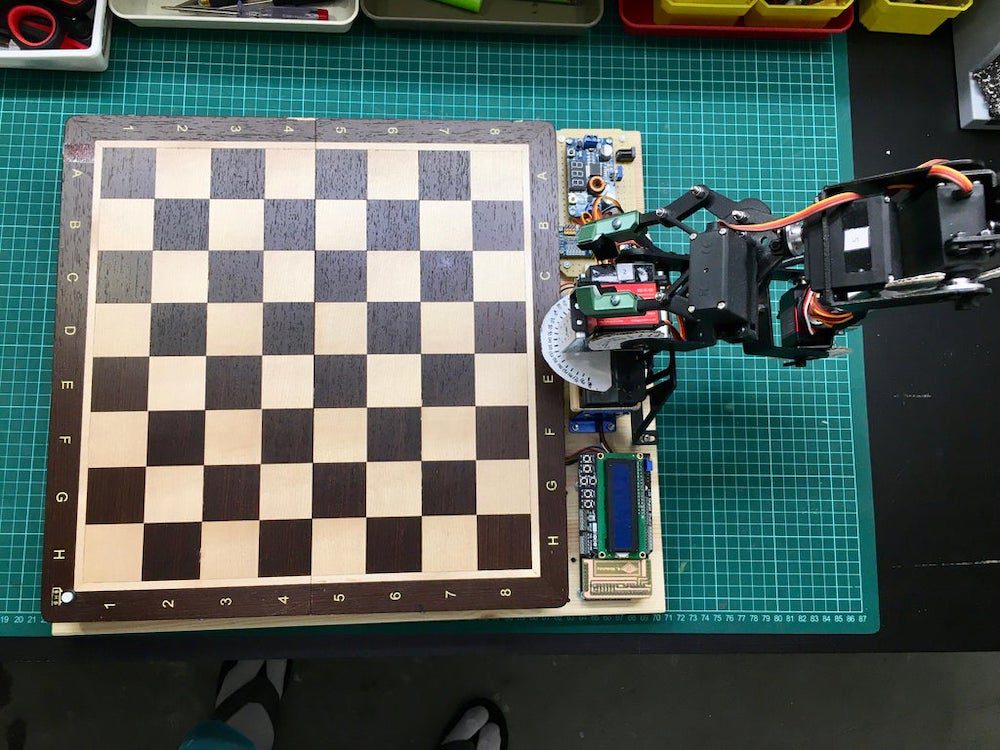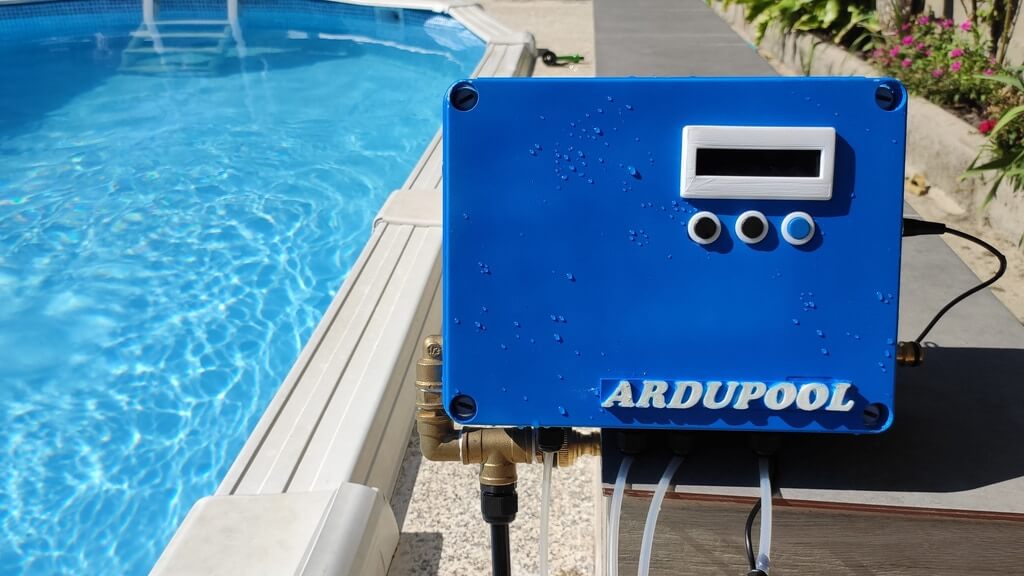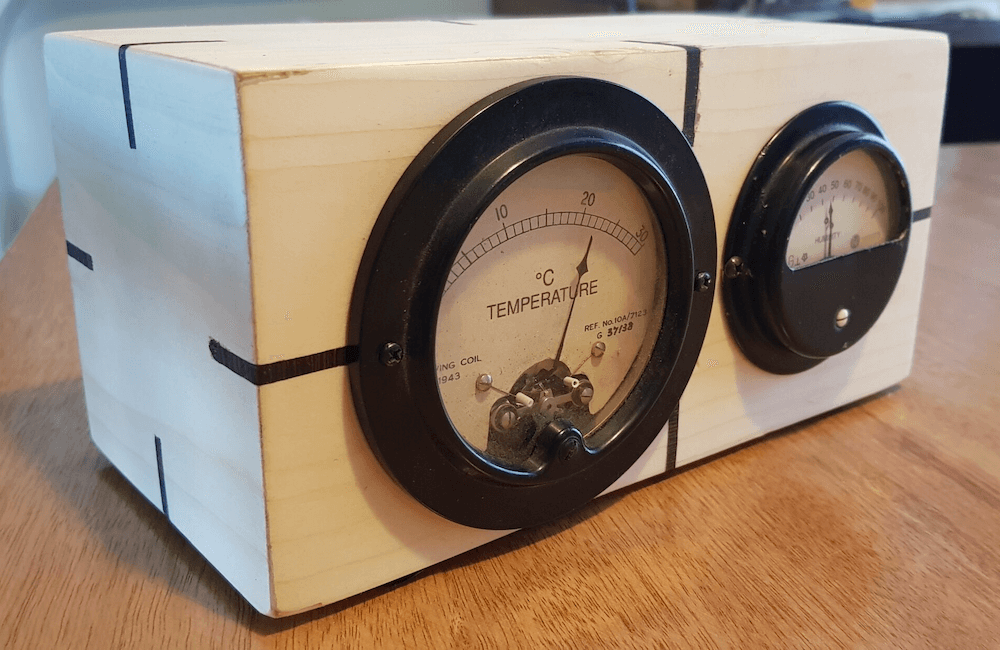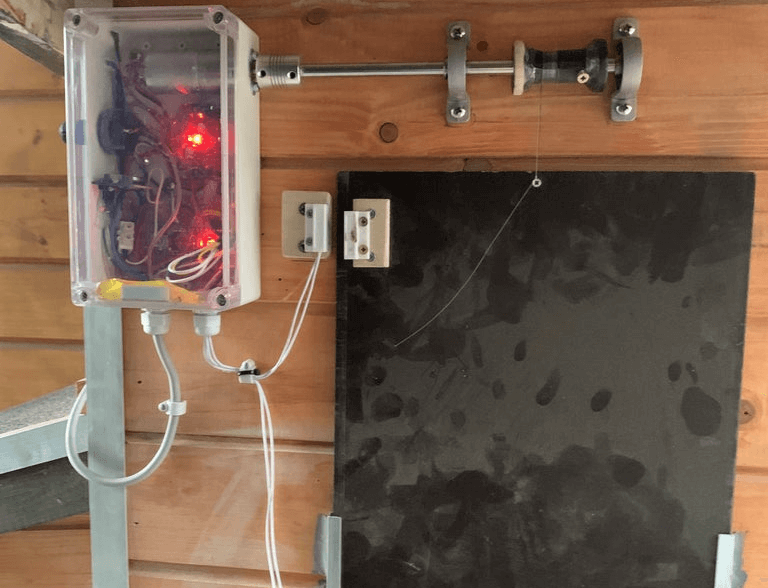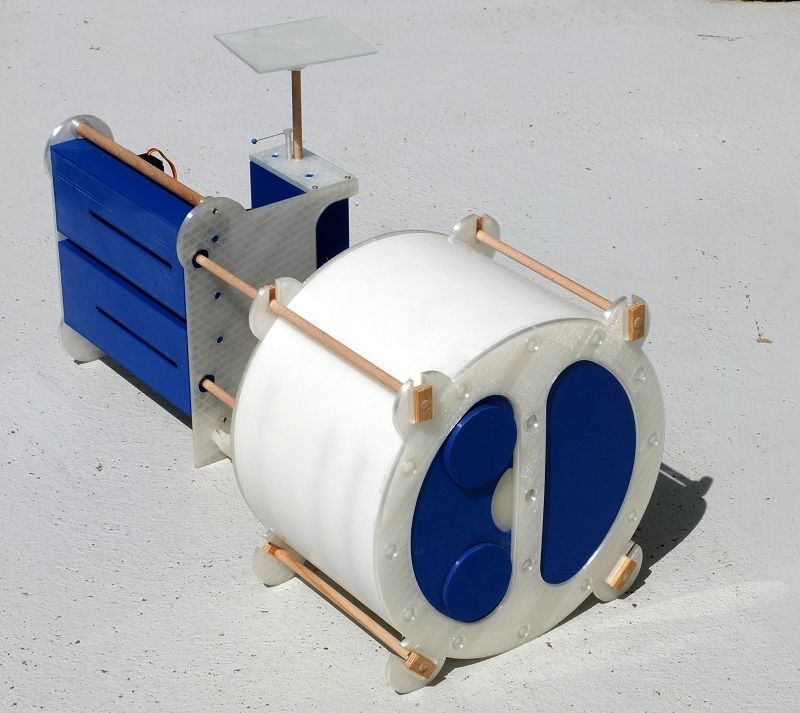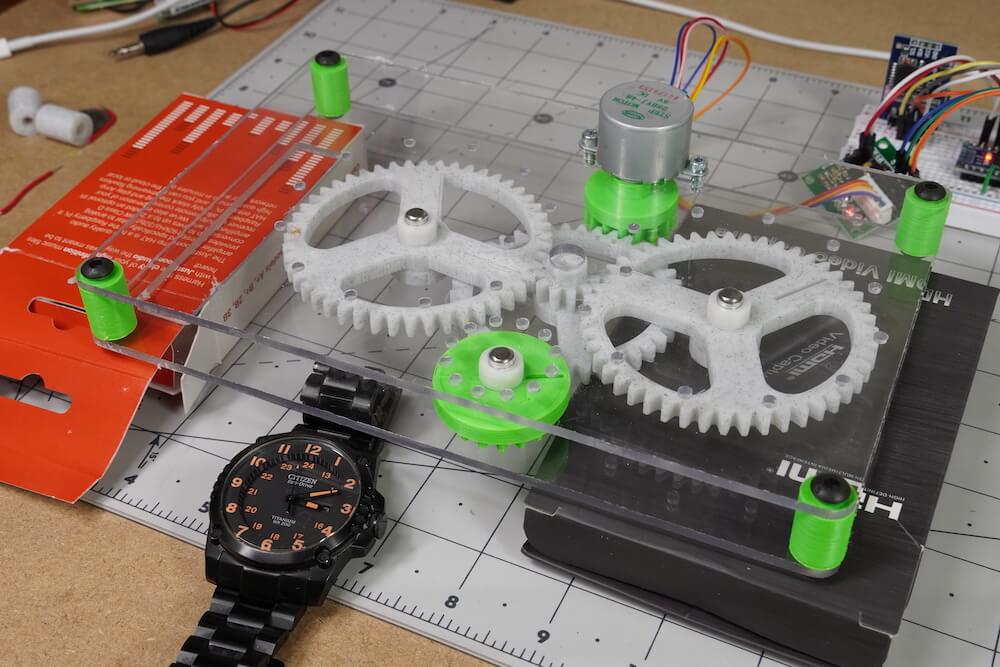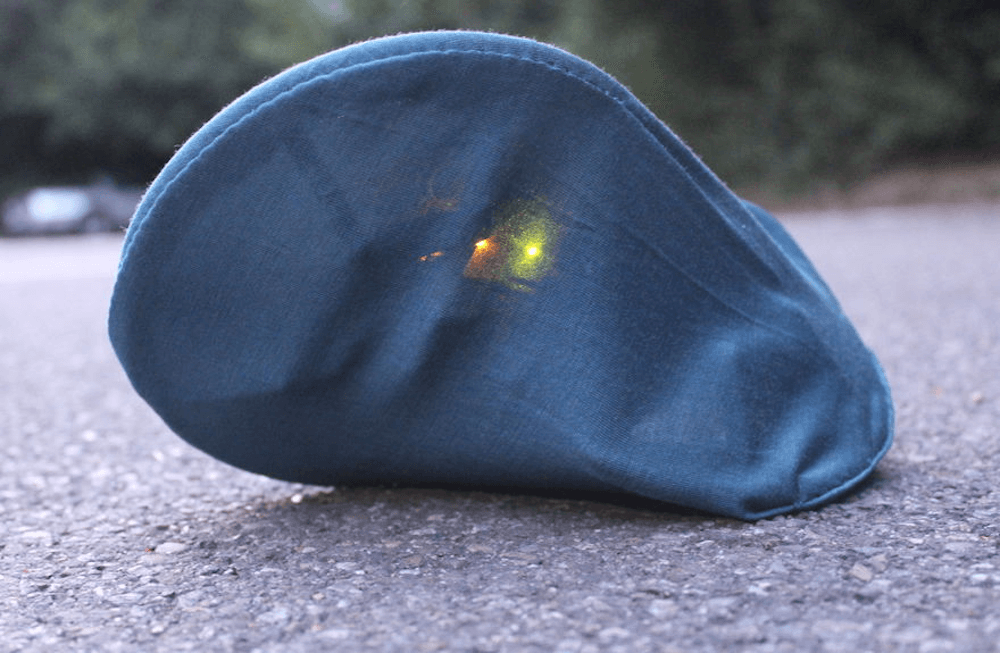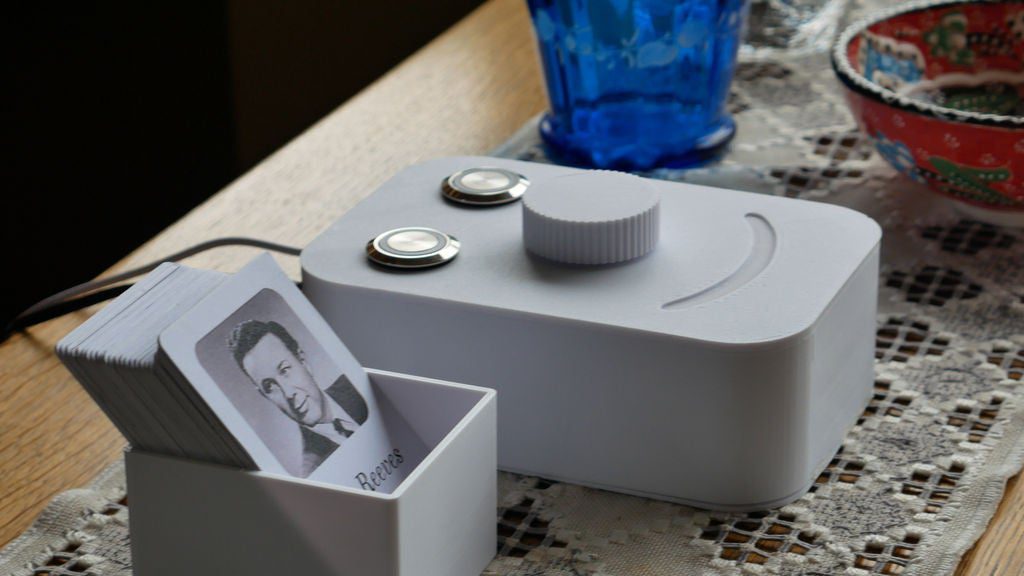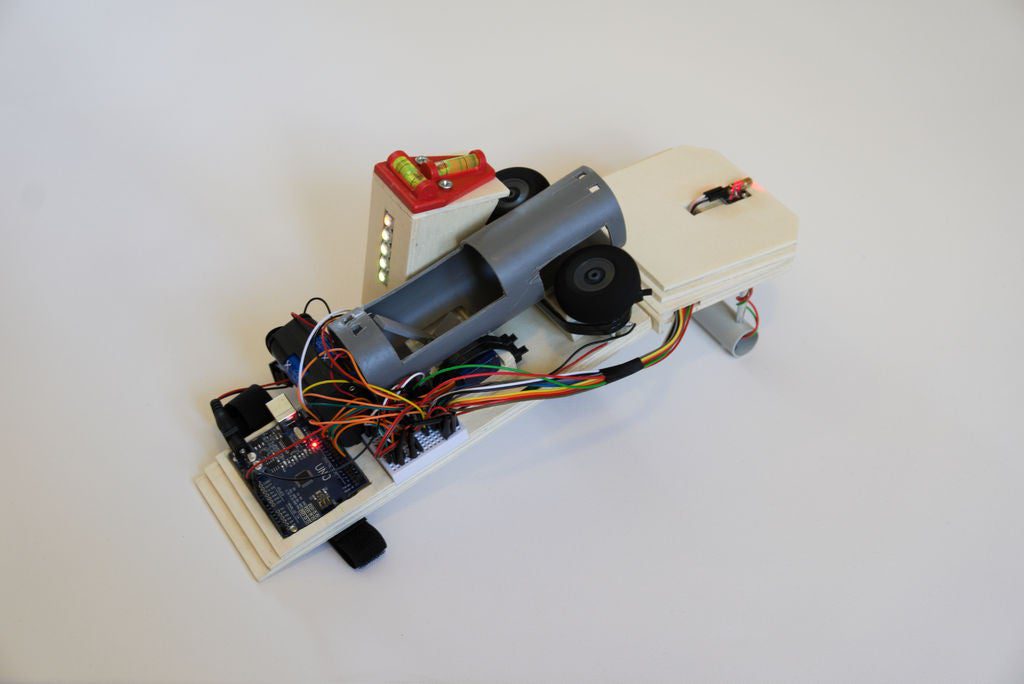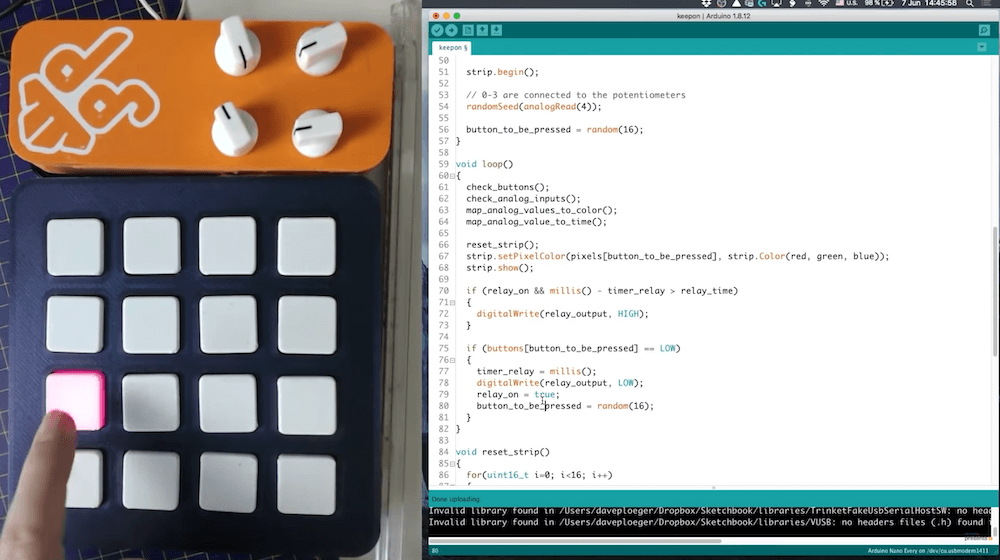Schlagwort: arduino
-

CLI and IDE get better together
Reading Time: 2 minutesCLI and IDE get better together Arduino Team — August 24th, 2020 This article was written by Silvano Cerza and Ubi de Feo from the Arduino Tooling team. Over the past two months our newly established Tooling Team has taken over operations concerning the Arduino CLI and Pro IDE. We’ve been silent…
-

Automated lawn irrigation with some valves and an Arduino Nano 33 IoT
Reading Time: 2 minutesAutomated lawn irrigation with some valves and an Arduino Nano 33 IoT Arduino Team — August 21st, 2020 There have been plenty of projects designed to automate lawn irrigation, however these normally refer to systems that open a single valve and turn on the sprinklers — all the sprinklers — at one…
-

Bring the power of easy connectivity into everyday life and business with the Arduino IoT Cloud
Reading Time: 2 minutesEasy for beginners, fast for professionals! The next phase of Arduino’s cloud platform enables everyone to breathe digital life into everyday things. The full release of Arduino IoT Cloud provides an end-to-end solution that makes building connected projects easy for makers, IoT enthusiasts, and professionals from start to finish. Arduino IoT Cloud’s low-code…
-

Dries Depoorter’s installation displays real-time sunsets and sunrises via unsecured CCTV cameras
Reading Time: 2 minutesDries Depoorter’s installation displays real-time sunsets and sunrises via unsecured CCTV cameras Arduino Team — August 19th, 2020 Sunrises can be beautiful, not to mention sunsets, but seeing both at one time would seem to be an impossibility. Dries Depoorter, however, has developed an installation that displays the two events as they happen on…
-

Steampunk ‘Help is coming’ Raspberry Pi alert system
Reading Time: 3 minutesTom Lee decided to combine his household with his sister-in-law during lockdown so that she could help him make childcare more manageable. The problem was, Tom’s household was a smidge frantic in the mornings, as the family struggled to be up and ready in time for his sister-in-law’s arrival. Enter this Raspberry…
-

DIY shadow box portrays seasons in luminescent style
Reading Time: 2 minutesDIY shadow box portrays seasons in luminescent style Arduino Team — August 19th, 2020 Centas wanted a project for his new laser cutter, and decided to make this beautiful crafted tree shadow box. While the cutting is impressive enough by itself, to take this from “cool” to “ultimate,” he added 86 individually controllable…
-

This air hockey robot never loses
Reading Time: < 1 minuteThis air hockey robot never loses Arduino Team — August 18th, 2020 Air hockey is normally a two-player affair, but not for this student-built robot. The table features a designated human goal with a touchscreen GUI for settings and control. The second goal is guarded by an autonomous striker, attached to…
-

This Arduino-powered spectrophotometer uses a little prism to create rainbows
Reading Time: < 1 minuteThis Arduino-powered spectrophotometer uses a little prism to create rainbows Arduino Team — August 17th, 2020 Invented back in the 1940s, a spectrophotometer is a scientific instrument used to measure how different wavelengths of light are absorbed by a sample. Daniel Hingston decided to build his own spectrum analysis device as…
-

Arduino-controlled robot arm is ready to play you in a game of chess
Reading Time: < 1 minuteArduino-controlled robot arm is ready to play you in a game of chess Arduino Team — August 15th, 2020 If you’re tired of playing chess on a screen, then perhaps you could create a robotic opponent like Instructables user Michalsky. The augmented board runs micro-Max source code, enabling chess logic to be executed…
-

Keep your pool under control with ARDUPOOL
Reading Time: 2 minutesKeep your pool under control with ARDUPOOL Arduino Team — August 13th, 2020 Having a pool can be a great way to relax during the summer, but keeping the water crystal clear and safe to swim in can be a challenge. To help, engineer Diego Gomez has developed the Arduino Mega-powered ARDUPOOL, which…
-

Bring two analog meters out of retirement to display temperature and humidity
Reading Time: < 1 minuteBring two analog meters out of retirement to display temperature and humidity Arduino Team — August 10th, 2020 Tom of Build Comics created a unique analog weather station that shows temperature and humidity on a pair of recycled gauges. An Arduino Nano reads the levels using a DHT22 sensor and outputs them…
-

Chicken coop door automation with Arduino
Reading Time: < 1 minuteChicken coop door automation with Arduino Arduino Team — August 6th, 2020 When Geert Wanten’s wife got tired of opening up the chicken coop to let them out in the morning, he decided to automate the situation using an Arduino Nano. Wanten’s DIY system calculates the sunup/sundown via info from a…
-

The Science Journal is graduating from Google — coming to Arduino this fall!
Reading Time: 2 minutesThis post was written by Valentina Chinnici, Arduino Product Manager. Arduino and Google are excited to announce that the Science Journal app will be transferring from Google to Arduino this September! Arduino’s existing experience with the Science Journal and a long-standing commitment to open source and hands-on science has been crucial to…
-

Arduino X-ray imaging phantom simulates lung movement
Reading Time: < 1 minuteArduino X-ray imaging phantom simulates lung movement Arduino Team — August 5th, 2020 Imaging phantoms are used to evaluate and test medical devices, such as X-ray machinery, where a human subject would be impractical and/or dangerous. In order to simulate the motion and deformation of a lung, Stefan Grimm created an…
-

This stepper-driven mechanical clock can be set to two different time zones
Reading Time: < 1 minuteThis stepper-driven mechanical clock can be set to two different time zones Arduino Team — August 5th, 2020 Clocks normally tell you the time in your particular location, but what about that person that you know across the country or even on the other side the world? What time is it…
-

mOLOID is a pet like no other
Reading Time: 2 minutesmOLOID is a pet like no other Arduino Team — August 4th, 2020 As a part of their masters program at the University of Stuttgart, Jan Ingo Haller and Lorin Samija created a robotic pet that moves in a manner that may not be immediately evident. With the internals obscured by a…
-

Keep track of your laps in the pool with this Arduino counter
Reading Time: 2 minutesKeep track of your laps in the pool with this Arduino counter Arduino Team — August 3rd, 2020 PeterQuinn925 swims for exercise, and to train for the occasional triathlon, but when doing so he often zones out and forgets how many laps he has swam. To solve this problem without spending a…
-

Recreating Rosie the Robot with a MKR ZERO
Reading Time: < 1 minuteRecreating Rosie the Robot with a MKR ZERO Arduino Team — August 3rd, 2020 While 2020 may seem like a very futuristic year, we still don’t have robotic maids like the Jetsons’ Rosie the Robot. For his latest element14 Presents project, DJ Harrigan decided to create such a bot as a sort of…
-

Juuke is an Arduino-powered RFID music player for the elderly
Reading Time: 2 minutesJuuke is an Arduino-powered RFID music player for the elderly Arduino Team — August 1st, 2020 While many of us take playing tunes for granted, whether via MP3s, CDs, or streaming services, for others — such as many that are very young or old — actually figuring out the interface can be…
-

The PongMate CyberCannon Mark III is a surefire way to never lose at beer pong
Reading Time: < 1 minuteThe PongMate CyberCannon Mark III is a surefire way to never lose at beer pong Arduino Team — July 31st, 2020 If you participate in beer pong, and your skills aren’t up to the challenge, you might be in for a rough time. While “practice makes perfect,” if you’d rather shortcut…
-

Add Arduino to your resume – the Arduino Certification Program is now available in Bengali
Reading Time: 2 minutesAdd Arduino to your resume – the Arduino Certification Program is now available in Bengali Arduino Team — July 29th, 2020 With thousands of users around the world entering the Arduino Certification Program, we are excited to announce the availability of the Arduino Certification Program: Arduino Fundamentals in Bengali, the seventh language…
